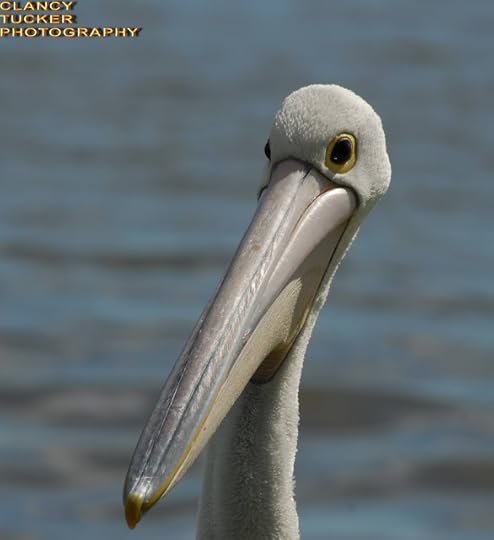Clancy Tucker's Blog, page 64
November 20, 2020
15 December 2020 - TOP GRAFFITI AROUND THE WORLD
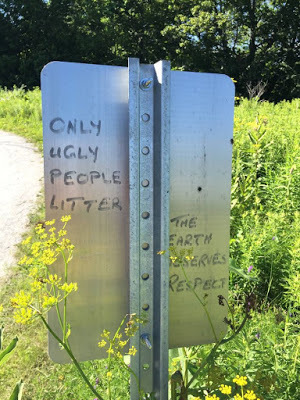
TOP GRAFFITI AROUND THE WORLD
G'day folks,
You will find graffiti all over the world, but sometimes you find it in odd places.
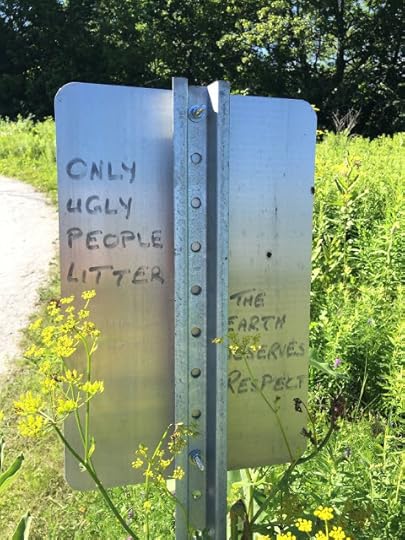



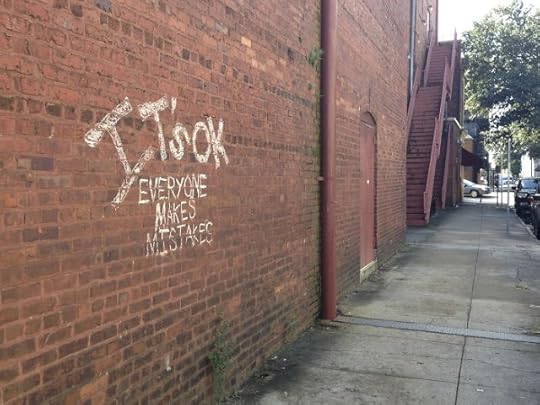


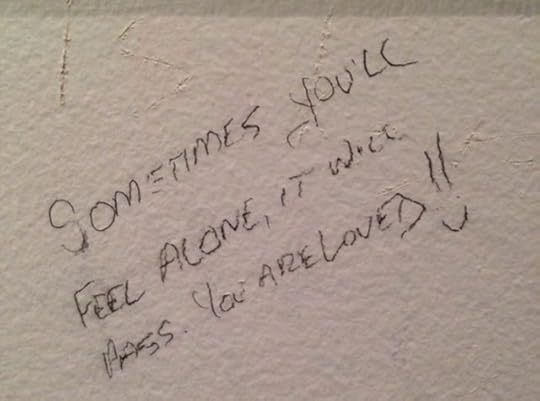

Clancy's comment: Mm ... some subtle comments here. The title of my next book can be found here. Just sayin' ....
I'm ...

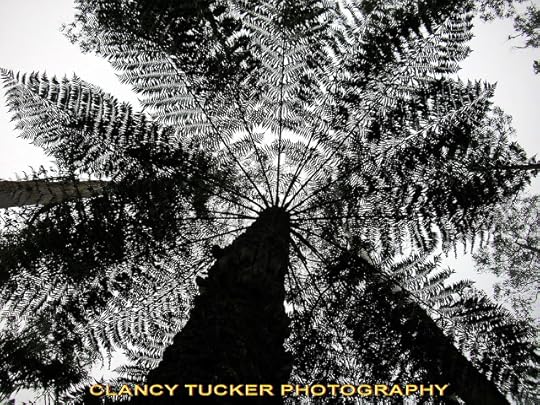
November 15, 2020
16 December 2020 - SCUBA DIVERS DISCOVER ROMAN TREASURE OFF ISRAEL'S COAST
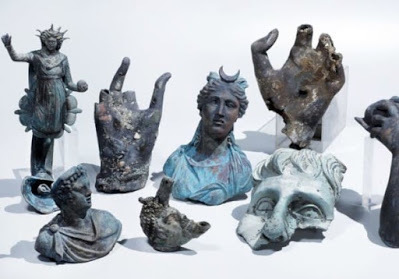
SCUBA DIVERS DISCOVER ROMAN
TREASURE OFF ISRAEL'S COAST
G'day folks,
Two scuba divers have discovered amazing Roman treasures off Israel’s coast.
The pair was on a normal recreational dive, when they made a fascinating discovery that scientists and historians are having a field day with.

They noticed that a portion of sea floor had shifted, causing the sand and silt to fall away and reveal something that caught their eye. What they had stumbled upon was the ancient remains of a Roman merchant ship, lost at sea some 1,600 years ago near Caesarea, a harbor city perched on the Israeli coast roughly 30 miles north of Tel Aviv.
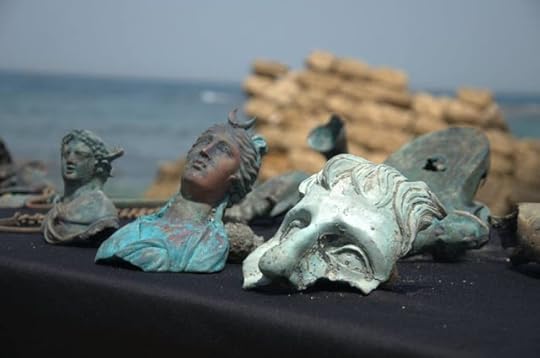

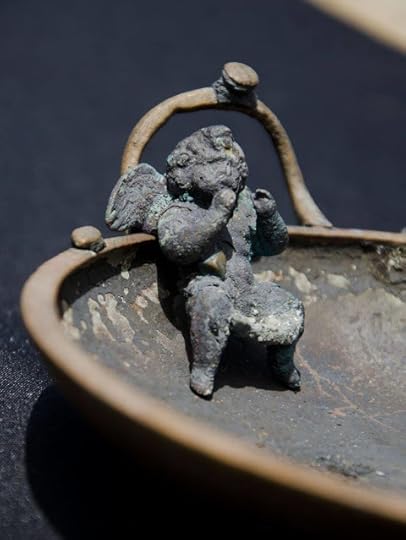
The Israeli Antiques Authority (IAA) immediately set up a recovery dive effort after the find was made known to them. They uncovered a plethora of amazing antiques.
In addition to the many sculptures and statues, they also found, hundreds, maybe even thousands of Roman coins! After over a thousand years underwater, the coins have fused together into giant groups that weigh upwards of 20 pounds. Clancy's comment: Wow. I'd love to discover treasures like these.I'm ...
Clancy's comment: Wow. I'd love to discover treasures like these.I'm ...
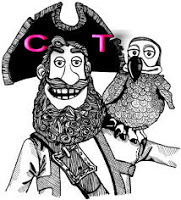
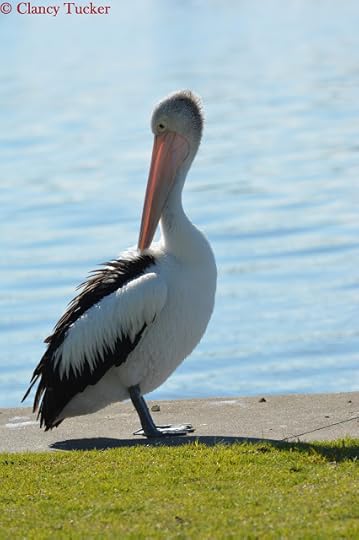
November 14, 2020
26 December 2020 - THE STUNNING AJANTA CAVES IN INDIA

THE STUNNING AJANTA
CAVES IN INDIA
G'day folks,
According to archaeologists, construction of the Ajanta caves in Maharashtra, India, began about 2,200 years ago.


Over hundreds of years of work and more than 30 monuments were laboriously cut into the rock face of the mountains. According to speculation, the use of the caves stopped around 1000 AD for unknown reasons, letting a thick jungle canopy grow around them, hiding them away for many generations.
No human eye saw the caves again until centuries later, in 1819 when an Englishman by the name of John Smith was hunting a tiger and he discovered a hidden doorway to one of the temples. We know this because he unfortunately left his name on the wall of the temple - and a date, which can still be seen today.

But although that first English discoverer did not go immediately public with his discovery, the existence of the caves became known, and soon after Indian and European tourists started pouring into the ancient site - after much digging and cleaning that is (the caves were home to many species of animals for centuries).
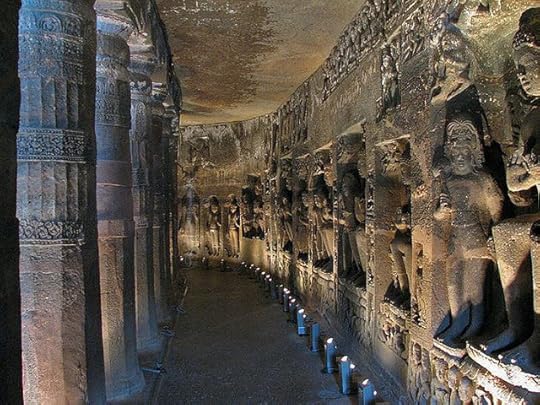
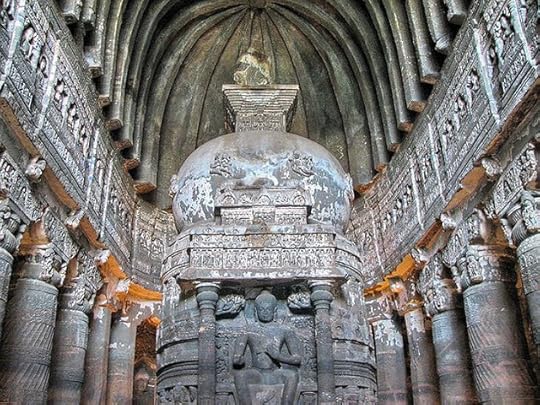
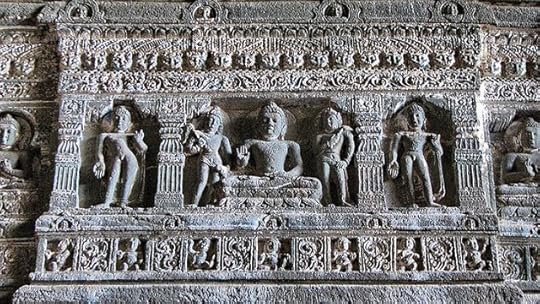
Experts have dated the caves from the second century BC - 200 years before the birth of Christ. Their function seems to be ritualistic, used as prayer halls. Much use of Roman design is evident in the columns and arches of the caves. The hard rock face of the caves was apparently chiseled with rough tools and even bare hands.
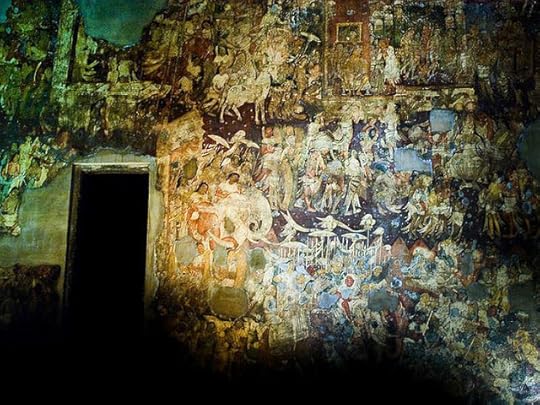
Almost every surface but the floor is covered in paintings - literally. They have lost much of their former glory, of course, but efforts are being made to restore them. Poems are also painted on the walls - 547 of them - which tell stories of Buddha's previous lives.
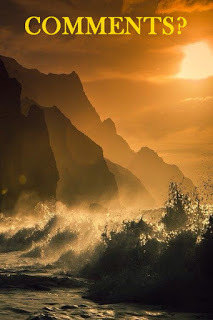
Clancy's comment: Looking at the type of rock, this would have been a massive project.
I'm ...


November 12, 2020
13 December 2020 - UNIQUE BUS STOPS IN ABKHAZI
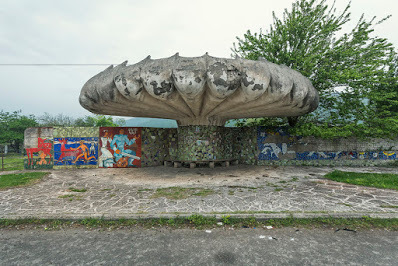
UNIQUE BUS STOPS
IN ABKHAZI
G'day folks,
You might have never heard of Abkhazia – it’s a small plot of land between Georgia and Russia along the Black Sea. It’s surprisingly beautiful and populated by friendly people.
Nevertheless, it’s a disputed region. This de facto state has been struggling for international recognition for many years, and the conflict is still not resolved yet, sadly.
In many countries, these stops are just a place where you wait, a shelter from the weather elements. However, Abkhazia’s stops have extraordinary designs and are so unique. These surreal places are very uncommon for Soviet times. Architectural freedom was not allowed into the Soviet Union, the regulations were very strict, and the technology was limited. You’ll find specially designed shelters everywhere across the former Soviet Union, but the ones at the Black Sea in Abkhazia are the most peculiar and unique.
You’ll find most of them on the highway between Gagra, Pitsunda and New Athos. One man was responsible for these amazing designs – an architect, a painter, and sculptor Zurab Tsereteli. Since he got his inspiration from the Black Sea, several stops are shaped like giant seashells, waves or fishes. Back in the day, local people were surprised and intimidated by this style and creativity, it was too western. Most of them didn’t like the shelters but now those places are landmarks and tourist sites.

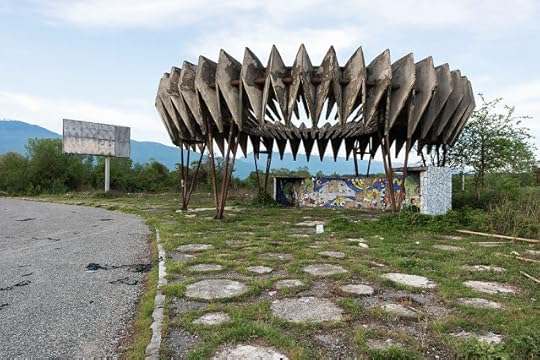
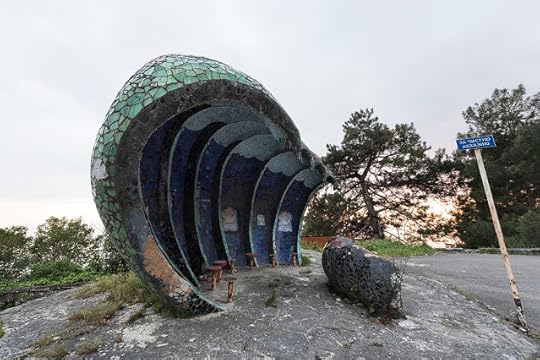
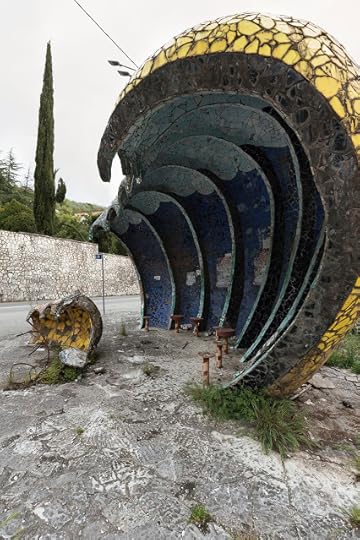
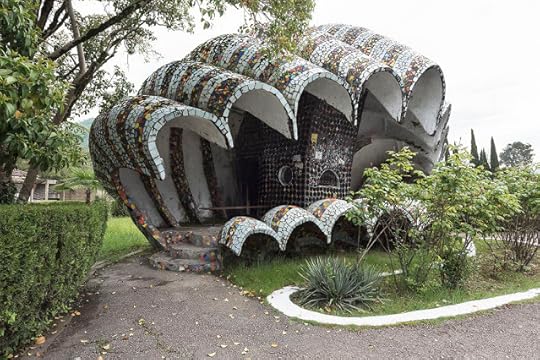


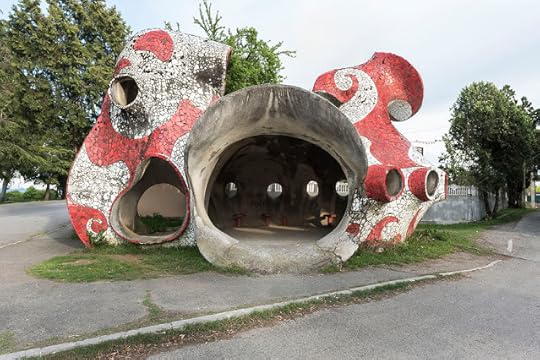

Clancy's comment: They certainly are different. Ah ... the joys of travelling.
I'm ...


November 10, 2020
27 December 2020 - HENRY DUNANT CHANGED THE WORLD FOR THE BETTER
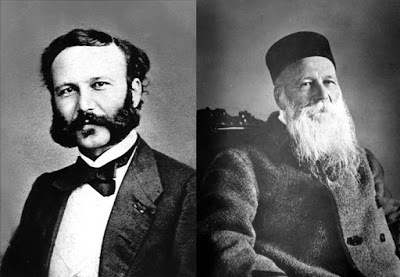
HENRY DUNANT CHANGED
THE WORLD FOR THE BETTER
G'day folks,
The Battle of Solferino (June 24, 1859) was one of the largest and most decisive battles during the Second Italian War of Independence, a battle with nearly 260,000 collective participants.
The excruciating battle lasted for over 9 hours, resulting in nearly 5,000 killed, over 23,000 wounded and many more missing and captured. One of the witnesses of the battle’s aftermath was Swiss businessman Henry Dunant, who was on a business trip while passing through Solferino. Overwhelmed by what he had seen - thousands of bodies scattered through the battlefield with no one to help the wounded or bury the dead, Dunant couldn’t remain a passive bystander, so he organized the local civilians to provide assistance to the wounded and sick, and arranged the funds to build a field hospital.
Revolutionary for the time, Dunant didn’t just save soldiers from the Austrian or the Allied French and Sardinian side, he urged to help everyone under the slogan Tutti fratelli, which means “all are brothers”. Ultimately, Dunant recorded his experiences of the aftermath of the battle in the book ‘A Memory of Solferino’, which became the inspiration for the Red Cross Movement. For being a co-founder of the movement that helps everyone and for his humanitarian accomplishments at Solferino and beyond, Dunant was awarded the Nobel Peace Prize in 1901.

Clancy's comment: Well done, Henry.
I'm ...


31 December 2020 - US SOLDIER SAVED BY GERMAN DOCTOR IN WW 11
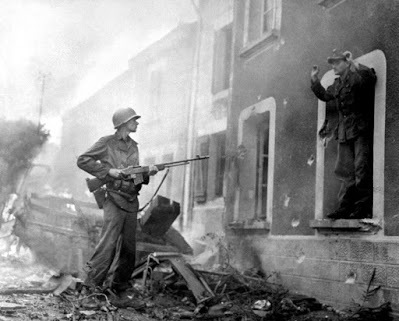 US SOLDIER SAVED BY GERMAN DOCTOR IN WW 11 G'day folks, Army doctors often face a conflict between their oath to save all lives and the interest of the camp they belong to. Luckily for Elmer "Curly" Richardson, an Iowan soldier drafted to the US troops during WWII, the doctor who treated him was a strong believer of the Hippocratic Oath. As the young soldier was on his way to the Battle of the Bulge on the border between Belgium and Germany, their division was ambushed by Nazis, and Richardson was shot and captured.
US SOLDIER SAVED BY GERMAN DOCTOR IN WW 11 G'day folks, Army doctors often face a conflict between their oath to save all lives and the interest of the camp they belong to. Luckily for Elmer "Curly" Richardson, an Iowan soldier drafted to the US troops during WWII, the doctor who treated him was a strong believer of the Hippocratic Oath. As the young soldier was on his way to the Battle of the Bulge on the border between Belgium and Germany, their division was ambushed by Nazis, and Richardson was shot and captured.

According to the Des Moines Register, the wounded soldier's life was saved by Ludwig Gruber, the doctor in the enemy camp, despite not being eligible for any medical care, “Elmer should have died. He was an enemy combatant and not entitled to the same care and comfort as a wounded German’, or at least that is what the hospital's commanding officers told Ludwig. Ludwig ignored them. After a week, the US army came to collect the captives, and with the help of Richardson's negotiations, the two parties came to a truce, which ultimately saved many lives on both sides.
The doctor and the American soldier continued corresponding even after the war.

Clancy's comment: Go, Curly.
I'm ...


November 8, 2020
23 December 2020 - ONE HANDSHAKE DISPELLS MYTH ABOUT HIV/ AIDS

ONE HANDSHAKE DISPELLS
MYTH ABOUT HIV/ AIDS
G'day folks,
The rhetoric around HIV/AIDS was very different in the 1980s compared to today.
To some extent, it is understandable, as the disease was only first discovered in 1981, and throughout the first decade after discovery, the public wasn't aware of the ways the virus can be transmitted and so any patient who ended up contracting the life-threatening disease was instantly isolated from society and sentenced to a life of seclusion and prejudice.
One seemingly minor event, a simple handshake, greatly influenced the conversation around HIV/AIDS. In 1987, Princess Diana was on an official visit to one of the hospitals in London. There, she met patients with AIDS and was photographed shaking the hand of one of the patients without wearing gloves. This single handshake of compassion and kindness from the Princess challenged the then pervasive myth that HIV/AIDS could be transmitted through touch and subsequently led to a shift in the public's perspective of the disease.

Clancy's comment: I'm sure Princess Diana had an extraordinary impact on many people.
I'm ...

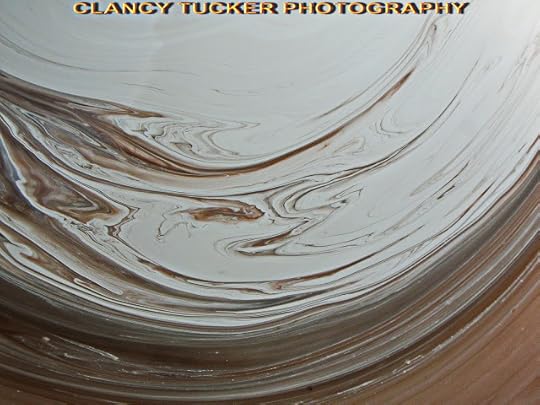
12 December 2020 - DESMOND DOSS - A REAL HERO OF WORLD WAR 11
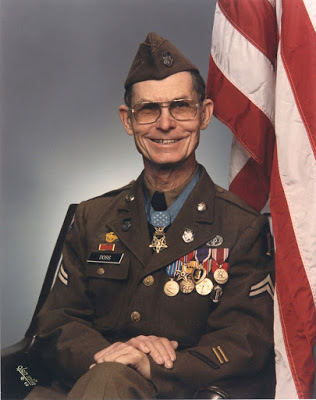
DESMOND DOSS
- A REAL HERO OF WORLD WAR 11 -
G'day folks,
Desmond Thomas Doss was a United States Army corporal who served as a combat medic with an infantry company in World War II. He was twice awarded the Bronze Star Medal for actions in Guam and the Philippines.
World War II was the deadliest and most devastating war in human history, one in which the vast majority of countries were involved and one that resulted in an estimated 75-80 million fatalities. We mustn't forget just how horrifying this war was, how it included mass genocide, especially the Holocaust, and the use of nuclear weapons, how the utter depletion of the world economy caused starvation and utter destruction throughout the world. One special person who refused to contribute to the violence he had seen both on the battlefield and in society at large was Desmond Doss.
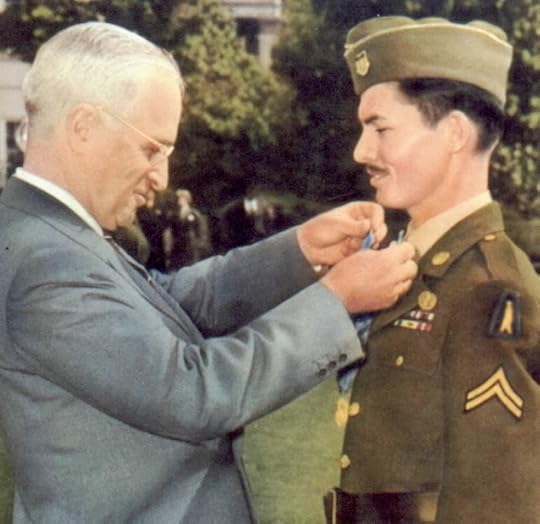
An American combat medic, Doss voluntarily enlisted to participate in World War II, but he refused to participate in any combat, being a conscientious objector for religious reasons. Despite peer pressure and abuse from military leaders, he refused to carry weapons but was heroically enthusiastic in saving wounded soldiers from the battlefield. Desmond Doss's actions during the Battle of Okinawa made him a legend, as the man managed to carry 75 wounded infantrymen to relative safety despite being wounded four times himself.
The selfless actions of Desmond Doss were immortalized in the film documentary 'The Conscientious Objector' and the 2016 movie 'Hacksaw Ridge'. For his accomplishment, Doss was also awarded The Medal of Honor in 1945 by President Harry S. Truman.

Clancy's comment: I bet there were many more heroes as well. Many of whom died in action.
I'm ...


November 5, 2020
11 December 2020 - ABANDONED RUSSIAN SETTLEMENT IN NORWAY
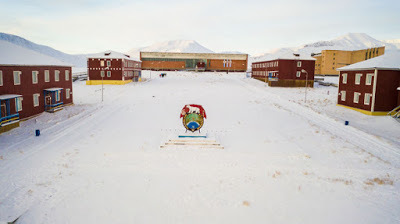
ABANDONED RUSSIAN
SETTLEMENT IN NORWAY
G'day folks,
On the top of the world at Svalbard, an archipelago situated between Norway and the North Pole, is a place that the world forgot for nearly a decade, a Russian mining settlement established by Sweden in 1910 but then sold to the Soviet Union in 1927, then completely abandoned in 1998.
It’s only reachable with by driving 140km with a snowmobile during winter.
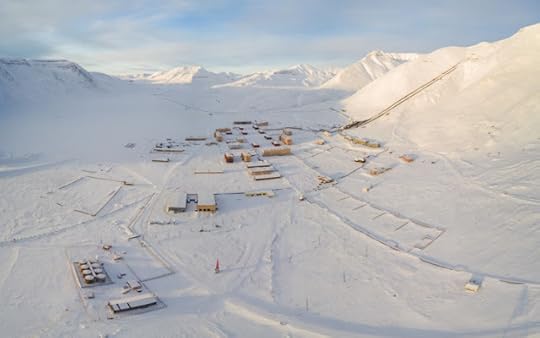

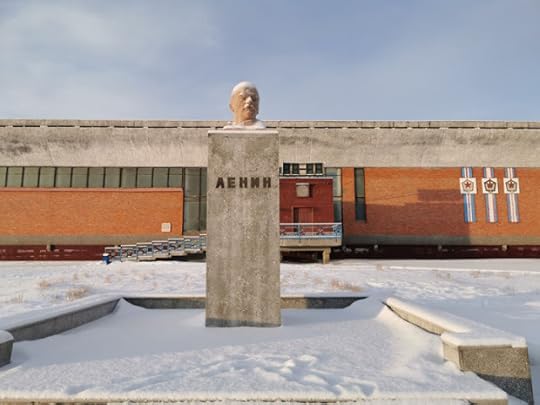
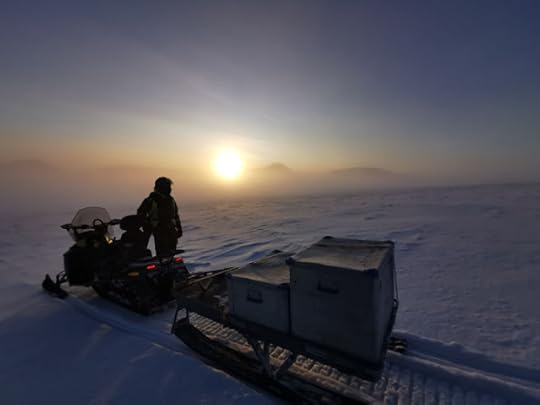
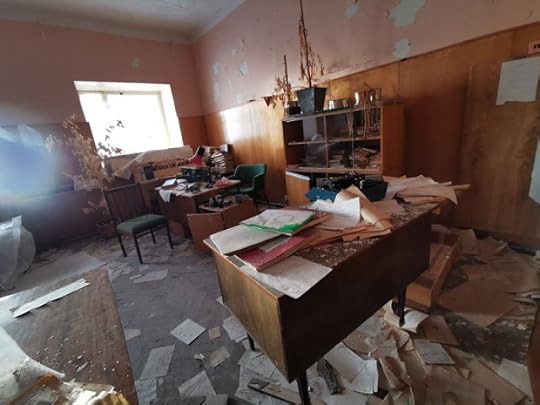
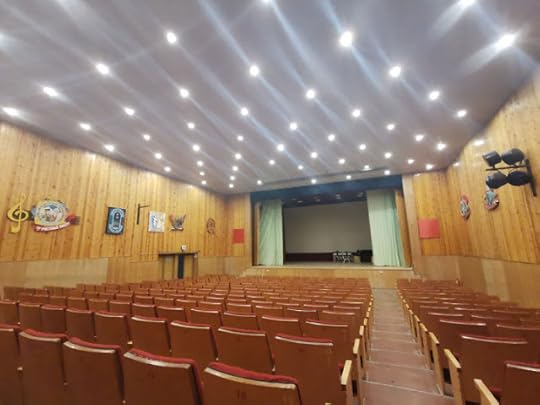

Clancy's comment: Brrr ... far too cold for me.
I'm ...


November 3, 2020
4 November 2020 - JACQUES COUSTEAU - AMAZING PIONEER

JACQUES COUSTEAU - AMAZING PIONEER -
G'day folks,
Welcome to one of my heroes.
Born in 1910 off of the French east coast, the great blue expanses of the ocean which were at the backdrop of his childhood remained a constant in the life of Jacques-Yves Cousteau. The draw of the ocean never relented its hold on Cousteau, and in 1930, he enrolled with the French navy.
It was during this time, serving on a French battleship, that Cousteau turned dream to action and started conducting his first underwater experiments. It was during the tumultuous war that Cousteau began filming prize-winning underwater documentaries, as well as innovate diving technology in ground breaking ways. The Aqua-Lung, which he helped design, was the first open-circuit, self-contained breathing apparatus ever created.
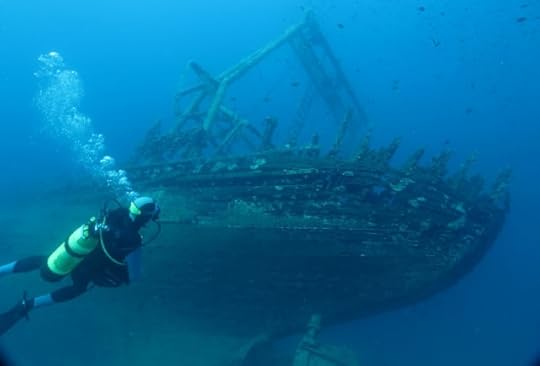
Of course, films and underwater excursions weren’t the only things that Cousteau did in those years, and as a member of the French Resistance movement, he took part in several complicated operations to thwart the Nazis and their axis powers, and help the allied armies.
Sadly, during that very same time, his brother Pierre-Antoine was busying himself with far darker endeavors. Pierre-Antoine Cousteau was a writer for the ominously-named "Je Suis Partout" (“I am everywhere”), a fascist magazine with pro-Nazi leanings, which called for the internment of all French Jews. He remained an unrepentant white supremacist until his death of cancer in 1958.
The stark contrast between the two brothers only serves to shine a light on the one-of-a-kind character of Jacques Cousteau.
After the war, Cousteau helped clear the Mediterranean of mines, using his excursions as an excuse to continue his sea explorations and filming, including the very first unassisted underwater archaeology outing, exploring the wreckage of a Roman vessel off the coast of Tunisia.
It wasn’t just the wrecks that littered the bottom of the sea that caught Cousteau’s attention, as the creatures of the ocean enthralled Cousteau even more, and he was actually the first man who correctly predicted the presence of some kind of echolocation system in cetaceans, like dolphins and porpoises.

But it was in the early 60's that he began advocacy for environmentalism when the French Commission for Atomic Energy set in motion a plan to dump radioactive waste into the Mediterranean. It was only due to his activism that wide protest arose against the CAE’s plan and they were forced to nix it.
His growing fame as an author and film-maker earned him a slot in television with the eye-opening program "The Undersea World of Jacques Cousteau"(1966-1976), which brought Cousteau’s underwater adventures to every living room.
His one of a kind documentaries were the first and only ones to win the Palme d’Or at Cannes, until 2004 when Michael Moore won one for “Fahrenheit 9/11”.
It is told that during filming in Cuba, Cousteau met with leader Fidel Castro and befriending him, subsequently talking the dictator into releasing some 80 prisoners.
Perhaps most importantly in his efforts to protect marine environments, in 1990, Cousteau got all major powers to sign a petition banning oil drilling in Antarctica, and we can only shudder, imagining what the condition of the ice shelves of the South Pole would have been like today if it were not for this great pioneer of diving.
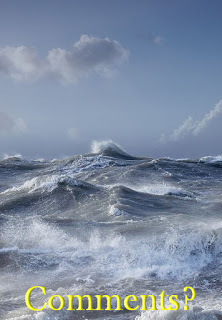 Clancy's comment: I've probably seen all of his documentaries. What a legend.
Clancy's comment: I've probably seen all of his documentaries. What a legend.I'm ...

